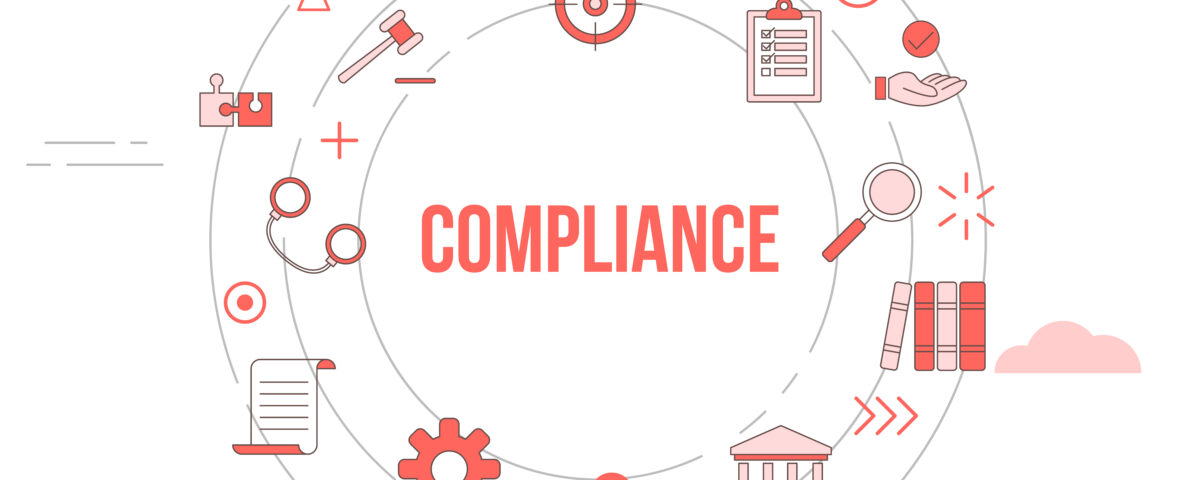
How to Use Stay Interviews to Prevent Surprise Exits

Salary Review: A Complete Guide for HR and Managers
As the year comes to an end and tax law changes roll in for 2026, your payroll and compliance processes must be ready to adapt.
Finish this year clean, align your systems, update your employee data, and communicate with your team. The better you manage payroll and compliance now, the smoother your transition into the new tax regime and the stronger your business position in the year ahead.
2026 Tax Reform Snapshot
For businesses in Nigeria, 2026 marks a significant shift in payroll and compliance requirements. The Nigeria Tax Act 2025 and related legislation, set to take effect on January 1, 2026, bring changes that SMEs must understand now to avoid being caught off guard.
Key updates include:
1. New personal income tax scale: Annual income up to ₦800,000 will be tax-exempt, while higher bands move to 15%, 18%, 21%, 23%, and 25%.
2. Abolition of the Consolidated Relief Allowance (CRA): Replaced with a new rent relief; lower of ₦500,000 or 20% of annual rent paid.
3. Small company tax relief: Businesses with turnover under ₦100 million and fixed assets under ₦250 million may enjoy 0% Companies Income Tax (CIT) and exemptions from certain levies.
4. Enhanced compliance obligations: Digital tax systems, stronger definition of residence for individuals, and clearer personal income tax residency rules.
For SMEs, these changes mean payroll departments must review systems, update tax tables, ensure correct PAYE and pension deductions, and align with the new payroll and compliance rules before the year closes.
Quick note: Since tax rules change over time and can vary by location or industry, consult a CPA or tax advisor for specific guidance.
For official updates, visit firs.gov.ng.
Your Year-End Payroll and Compliance Checklist
1. Update Tax Tables and Rates
Ensure your payroll and compliance system reflects the new personal tax bands, rent relief, and other legislative changes. Even if the law officially starts in 2026, early communication shows your team that you’re proactive and prepared.
2. Reconcile Employee Data
Verify that all employee records; salary, allowances, pension contributions, housing/transport allowances, and rent details are complete and accurate. Clean data prevents under- or over-payment of taxes or benefits and strengthens your payroll and compliance reports.
3. Review PAYE and Deductions
Double-check that your PAYE process is accurate for the current year and ready for the 2026 changes. Confirm that employee pension, NHIS contributions, and rent relief (if any) are properly captured.
4. Finalize Payroll Before Period End
Close off the last payroll cycle of the year with no loose ends. Resolve one-off payments, bonuses, or arrears so that your books are clean and your reports are complete.
5. Document and Archive
Keep proper records of all payroll adjustments, tax filings, and approvals. With the new tax laws, audit readiness is becoming a critical part of payroll and compliance management.
6. Communicate With Employees
Inform your team about any adjustments in take-home pay, tax reliefs, or allowances, and timelines for salary reviews. Clear communication improves transparency and strengthens trust in your payroll and compliance process.
Connect Payroll and Compliance to Business Strategy
Paying your team correctly and keeping your records in order is not just another task to check off, it plays a big role in how your business grows.
Your salary costs, taxes, and pension contributions all affect your budget, cash flow, and overall profit.
With the 2026 reforms, now is the best time to:
- Review your compensation structure
- Align salary adjustments with performance
- Integrate employee data insights into your HR and finance planning
In short, how you manage compliance affects not just your numbers but your culture, retention, and competitiveness in a changing market.
How HR Software Can Simplify Payroll and Compliance
With more complex tax rules, changing allowances, and tighter regulations, relying on spreadsheets is risky. Modern HR and payroll software can help you:
- Automatically update tax tables and deduction logic
- Generate audit-ready reports
- Forecast payroll costs with real-time dashboards
- Integrate salary processing and regulatory tasks with attendance, performance, and HR data.
If you haven’t already, consider upgrading to a modern system before the year ends. Book a quick demo and see how automation makes payroll and compliance faster, smarter, and error-free.
